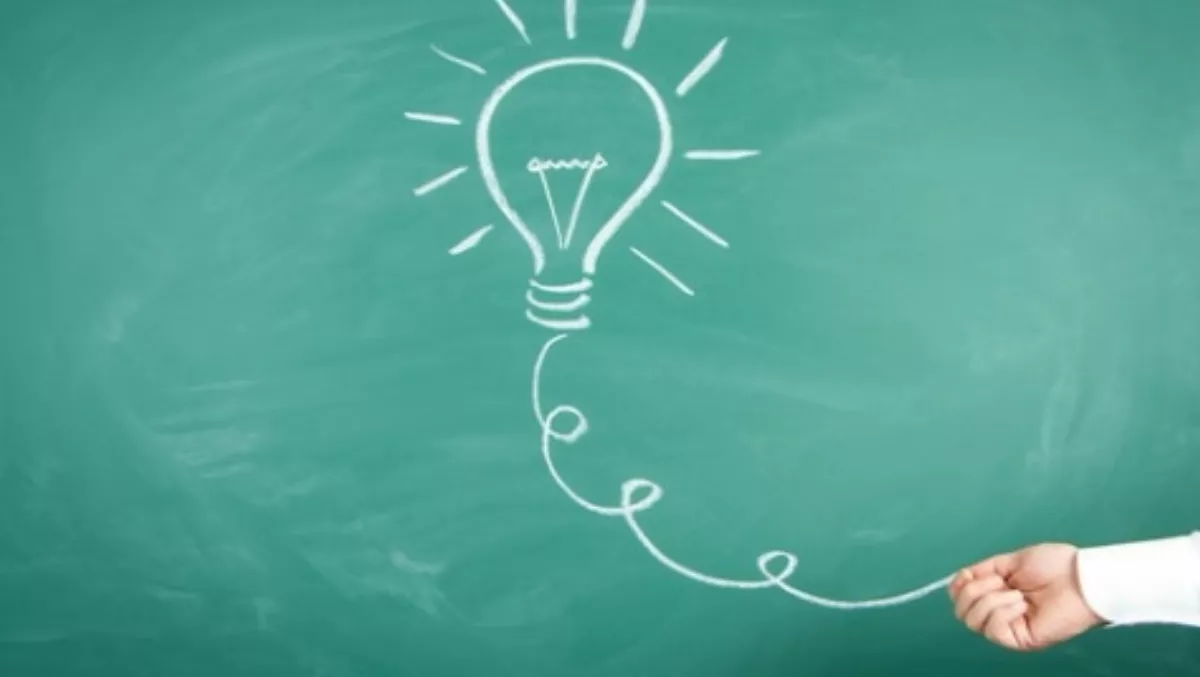
Governments are investing more in education technology
There is a direct correlation between investments into education and a country's prosperity, according to a new study from Transparency Market Research (TMR).
Governments are recognising this and are investing in education technology (edtech), with the aim of providing students with greater opportunities, and encouraging creativity, imagination and understanding, the study shows.
According to TMR, edtech can encourage better understanding of concepts to students and help tutor to provide quality education.
The smart classroom concept
A smart classroom uses all interactive modules such as audio, video and presentations in order to provide visually attractive conceptual knowledge, which are more appealing to students, TMR says.
According to the analysts, a smart classroom can be created in any school through creation of a knowledge centre – and this provides necessary content in form of videos and animation as per the lesson plan through the internet.
The main advantage of a smart classroom is its adaptability to all kinds of students irrespective of their learning capability. Thus, a tutor is able to focus on a particular student if he or she is lagging behind in a particular subject, TMR says.
The internet's role in education
Moreover, today's education can also be delivered to households through the use of internet, says TMR.
Most of the households are connected through internet and a large number of students can gain access to education through use of internet based e-learning.
Thus, the role of edtech becomes prominent in providing interactive educational content in and out of classroom to students., TMR says.
Edtech and smart classrooms helps in improving the e-learning system by combining learning and performance evaluation methods through creating the technological resources and processes in a suitable fashion, according to TMR.
What's driving the edtech market
Edtech and smart classrooms consist of audio and video tools such as speakers, projectors and microphones, mobile devices and personal computers, internet based devices, social networks system, digital boards and performance evaluation software.
Thus, the Ed Tech and smart classroom market can be categorised on the basis of educational hardware and educational software, TMR says.
Further, the market can be categorised as Learning Management Systems (LMS), Classroom Management Systems, Classroom Content Management Systems (LCMS), Student Response and Assessment Systems (SRS), Content Creation Systems and Enterprise Resource Planning software.
Edtech and smart classrooms are expected to find more application in preschool, secondary schools, higher education and special schools for disabled children.
Some of the major factors driving the edtech and smart classroom market include ease of use in teaching, and increased technological awareness and internet connectivity among population.
Further, many countries are adopting digital or e-learning education in order to enhance literacy rate among population.
However, the high initial cost required to setup the smart classroom and the adaptability of e-learning among existing educational system is a challenge for this market, says TMR.
During the coming years, emerging regions such as Asia Pacific are expected to experience increasing demand of edtech and smart classroom market, according to the analysts.
Some of the key players in the edtech and smart classroom market are Apple, Blackboard, Dell, Cisco Systems, Discovery Communications, IBM, NIIT Technologies, Lenovo, Microsoft, Saba Software, and Panasonic, TMR says.


